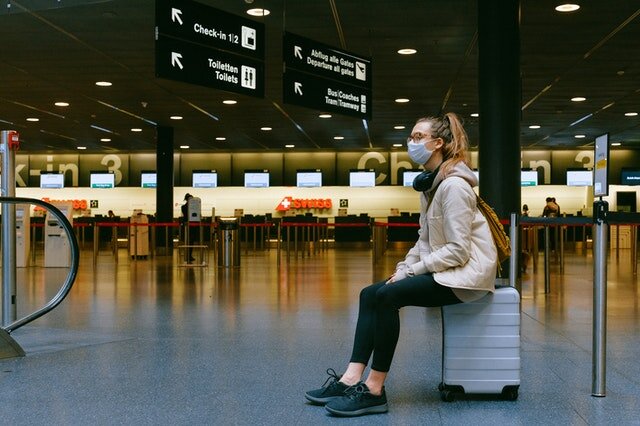Rethink and redefine
No industry sector has been more affected by the Covid-19 pandemic than aviation. What challenges will airports face in the short and medium term, as airlines continue to struggle with the largest impact aviation has ever seen?
ACI Europe has forecast a 35% decrease against the expected 2020 European airports' passenger volumes, with an estimated financial loss of €23bn. To put this into context, during the global financial crisis, Europe's airports lost 100 million passengers in the year of 2009, six million fewer than was lost in March 2020 alone.
In addition to the expected continued decline in passenger numbers due to the pandemic, financial analysts are forecasting a severe global recession, further impacting traffic recovery. Airports have reacted to this fall in passenger numbers by not using satellites and piers, shutting terminals, or closing the airport entirely. But with the expected slow recovery, and the potential for further state-imposed restrictions due to fears of the virus re-emerging, airports will need to adapt to adhere to requirements, assuage passengers, and generate income.
New processes
The first consideration for airports is the requirement for new processes, such as health screening for staff and passengers and disinfectant stations. These processes may further impact existing security and emigration checkpoints and increase dwell time at the airport. To cope with increased time for processing, airports will need to carefully consider where such checkpoints are situated as queue lengths will increase, particularly with social distancing requirements.
Even with reduced passenger numbers, the gateroom queuing area will need to be expanded to allow for spacing between passengers boarding a flight, so careful planning of gate allocation will need to be undertaken. For example, a fully booked Airbus A380 would need over a kilometre of queuing space if a two-metre gap was required between passengers.
Airports will also need to work out how social distancing will impact their departure lounges. Will additional seating be required to prevent passengers from sitting next to each other?
F&B
How will the F&B offer need to be adapted to accommodate travellers’ desires not to sit in tables used by others?
With many airlines no longer providing an onboard service due to the virus, it is likely that airports will need to temporarily increase their grab-and-go offer to satisfy passenger needs, while providing hygienic seating to allow for increased dwell times. Open displays of sandwiches and self-service counters will likely be replaced by solutions such as pop-up food stalls and coffee carts, and hot food – particularly fast food – may be seen to be a safer solution by passengers as heat kills the coronavirus.
Although there is likely to be an increase in passenger dwell time, airports should expect lower usage of restaurants, particularly those that have communal seating on large tables, but demand could still be high for those with smaller, well-spaced tables.
Retailing
The retail offer will also need to adapt following the lifting of restrictions. Many retailers, some of whom operate in airports, will not survive the pandemic and subsequent crisis. Combined with passengers' propensity to spend less in a financial crisis, it is likely that airports will not need to provide the width of offer currently available in most airports. Retailers will also face challenges in enticing would-be customers into stores as interactive and promotional stands will be seen as unhygienic.
The walk-through duty free offer may change in the short term as the staffing levels required for a walk-through store may not make for a viable business model with reduced footfall. Duty free retailers may look to rationalise their product offer to key lines, using only part of the store, or creating pop-up units if the walk-through is bypassed entirely.
The remaining retail offer will need to be modified to ensure that it is still relevant for those passengers who still travel. In previous recessions value and luxury retailers have tended to fare much better than mid-market offers.
With expected rises in airfares, and the potential short-term disruption to low cost carriers, getting the right mix will be crucial to the success of the commercial offer. Passengers will still expect to be provided with choice and variety and, with fewer travellers, sense-of-place may be more important than ever, with gifting and souvenirs rising in prominence.
While the short and medium-term impact will be harsh, passenger volumes will ultimately recover in full. So as airports adapt to the current environment, they need to keep an eye on future growth and be prepared for a gradual return to normal.
Chris van Ryswyck

